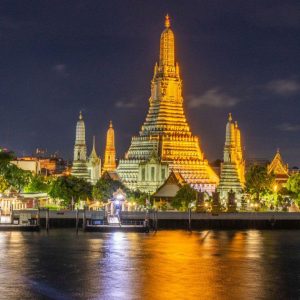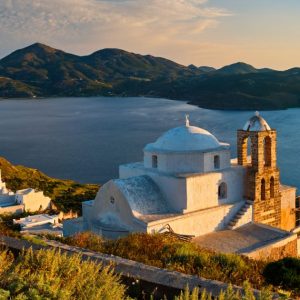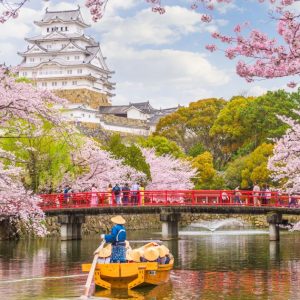Beverley Watts visits the subtropical and techno-savvy hot spot in East Asia
Incense swirls around me as Taiwanese guide Lily closes her eyes and throws two wooden crescent-shaped wedges on the floor of the Taoist temple in Jiufen. We’re hoping to predict if my visit to her homeland Is going to go well. She smiles as one moon block falls rounded yin-side up and the other flat yang-side. “Yes, it will be good,” she confirms, directing me to the tiger gate to leave from our left. We’ve entered through the dragon gate, on the right, and it’s very important to follow tradition and not offend the deities.
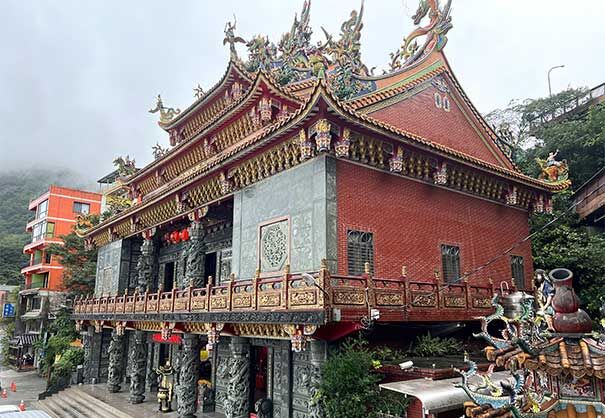
Taiwan is very modern multi-island territory – hugely important globally for the manufacture of silicon chips – but ancient customs remain part of everyday life in this thriving self-governing democracy. Buddhist and Taoist beliefs are combined with a Confucian worldview, honouring ancestors and valuing harmony and respect.
The main oval-shaped island of Taiwan is a bit bigger than Sicily and was named Formosa ‘beautiful island’ by Portuguese sailors in 1542. The east coast is lined by dramatic mountain ranges while flat plains stretch to the west. Though I expected to see quirky modern skyscrapers, the exquisitely decorated temples are a surprise, along with the endless rolling folds of countryside.
Jiufen, a former gold-mining town, clings to a hillside with steep-stepped alleyways and views of the East China Sea. The gold rush was at its height while Japan occupied Taiwan from 1895 to 1945 and the houses here have a very Japanese feel. Red lanterns sway in the breeze and we duck into a tea house to escape a shower of rain.
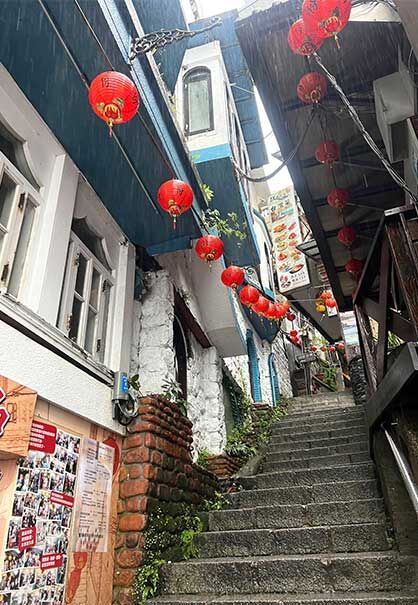
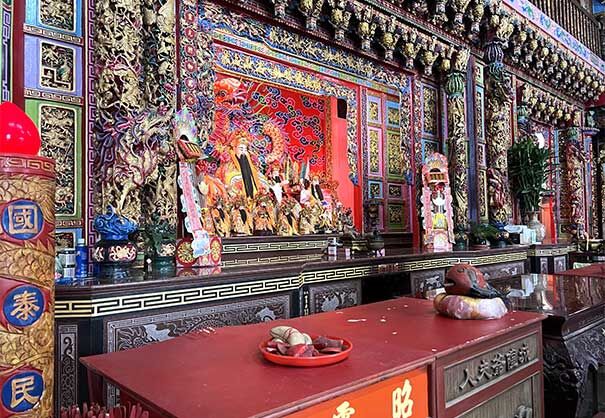
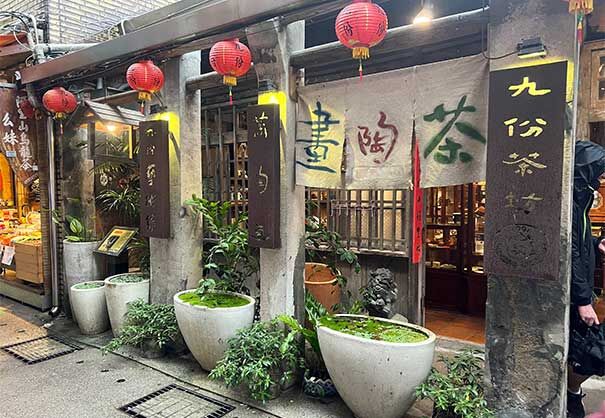
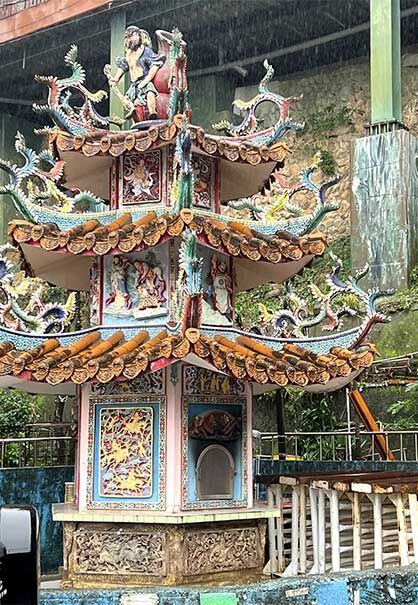
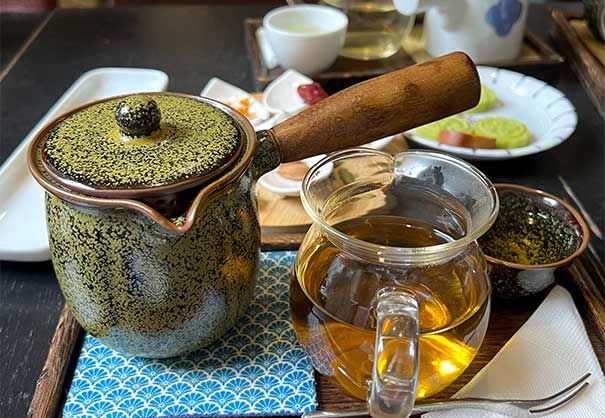
Historic tea ceremonies are a meditative ritual that can’t be rushed and the varieties are subtle and soothing. My favourite tea quickly becomes Dong Ding Oolong, named after the central mountain area where it’s grown. This oolong has a floral flavour and is perfect served with a small slice of pineapple cake.
Natural beauty
Taiwan has nine lovely national parks and along the coast from Jiufen, in the North Coast Scenic Area, Yehliu Geopark has an array of strange sandstone rock formations, created by natural erosion. The Queen’s Head, which looks more like a pharaoh to my eyes, has a perilously narrow neck, surely ready to snap.
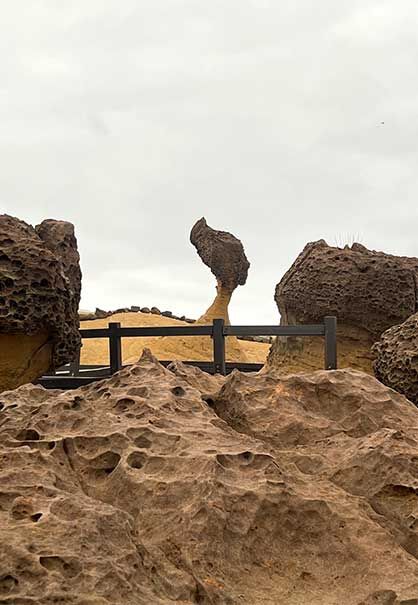
For a wonderful hike in the sunshine, I head further south to Taroko National Park where the Liwu river tumbles through marble canyons and sections of the pathways have a tunnelled carapace of solid rock. The foliage is lush with many types of ferns and we bump into a few local walkers keen to dawdle and practise their English. Over the burble of rushing water, you might even hear the piercing call of a Taiwan Whistling Thrush.

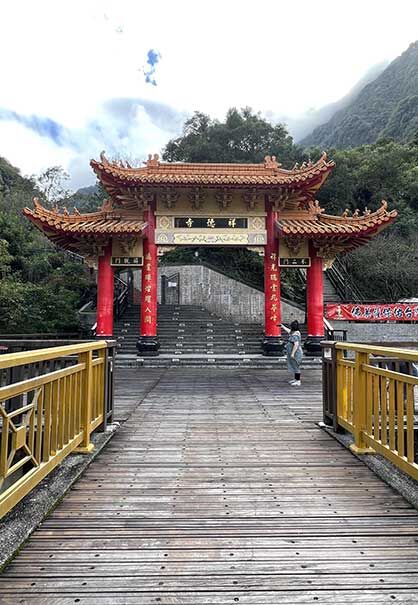

Sited on colliding tectonic plates, Taiwan is dotted with hot springs, the sulfur in the water believed to help circulation, skin conditions and arthritis. At Yangmingshan National Park, steamy plumes escape from endless grassy slopes but the green volcanic hills are transformed in February and March by soft pink cherry blossom and vivid azaleas.
I remembered to pack my swimsuit to try a therapeutic dip at the Yangmingshan Tien Lai Resort & Spa but didn’t realise a snug swimming cap was de rigueur. A substitute flimsy shower hat gets me curious looks but it does the job and I sink into a thermal pool, embraced by the bubbling water.
Taipei
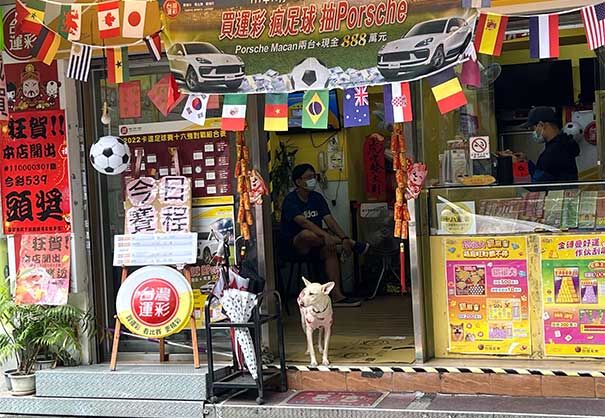
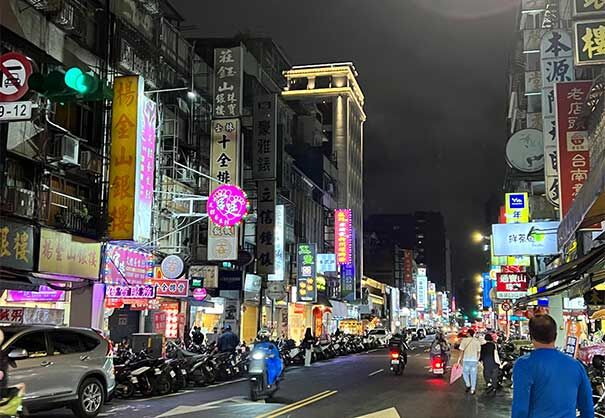
The city of Taipei, in contrast, is full of frantic energy. In the Lin Jiang Street Night Market, food stalls line the roads offering all kinds of local delicacies, including fried stinky tofu. Vegetarians need have no fear as Taiwan has some sensational plant-based dishes.
Huge king oyster mushrooms are delicious marinaded in garlic, ginger, soy sauce and sesame oil. In Din Tai Fung restaurant, at the bottom of towering landmark Taipei 101 – the city’s tallest building – steamed dumplings come in every variety imaginable and are delivered by robot waiters. The vegan dumplings are filled with a bean curd, baby bok choy and glass noodle mix.
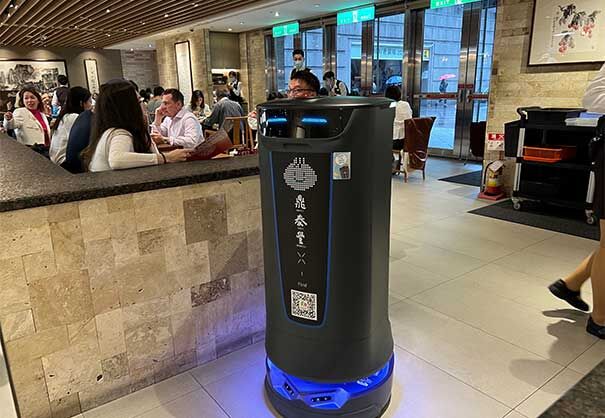

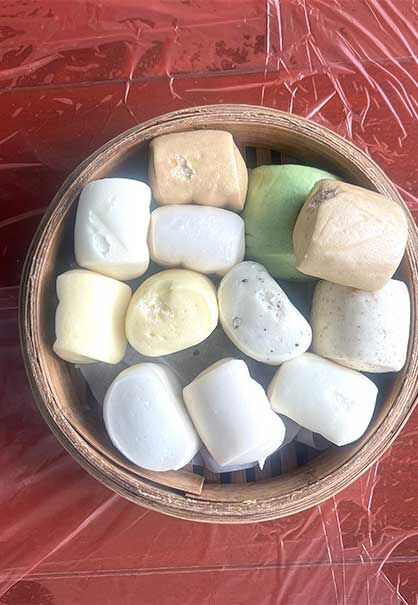
It’s easy to get around Taipei on the Metro (MRT) and the changing of the guards at Chiang Kai-shek Memorial Hall is definitely worth witnessing. The military leader, head of the Nationalist government in China, moved to Taiwan in 1949 after Chairman Mao’s Communist Party won the Chinese Civil War.
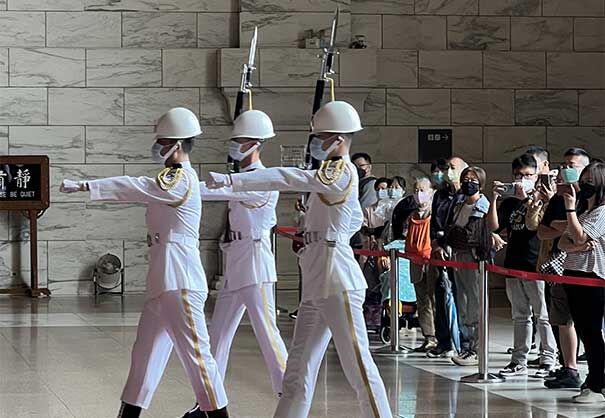
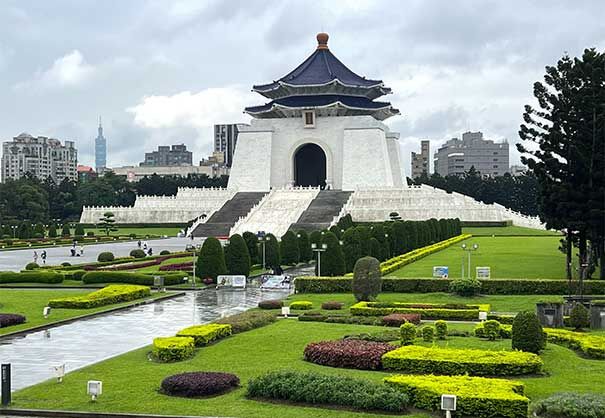
Dressed in smart uniforms, rifles in hand, the heavy-booted guards stand motionless for an hour at a time and swap places with a marching strut. The blue and white CKS Memorial Hall is part of Taipei’s Liberty Square and looks out at the National Concert Hall. This public plaza is full of activity with Taekwondo students running up and down the many stairs to train and brass bands rehearsing for performances.
At the National Palace Museum, many of the 700,000 exhibits were once displayed in Beijing. Along with precious ceramics, paintings and bronzes, there’s a jade collection of delicate and fragile treasures. A small cabbage makes an unlikely subject but the Jadeite Cabbage is a carving of immense skill. The clever sculptor has used the flaws in the natural stone to create realistic stalks and leaves. It’s a masterpiece.

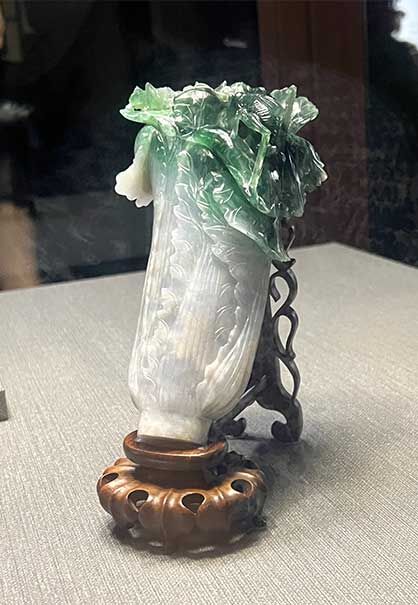

NEXT STEPS
See https://eng.taiwan.net.tw/ for more information. And our Silver Travel Advisors have more information and can book your trip to Taiwan: 0800 412 5678.

